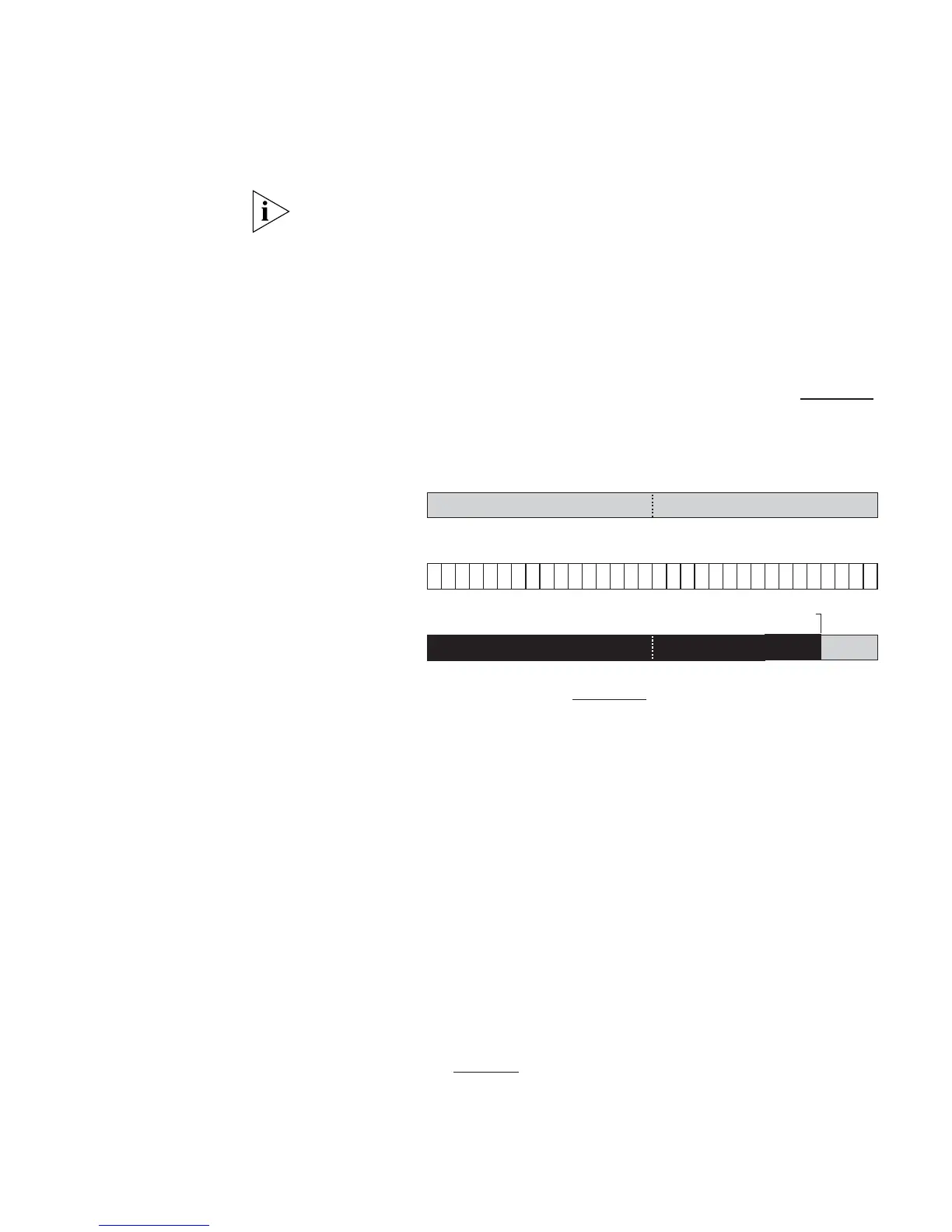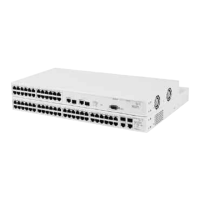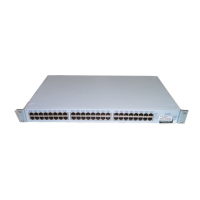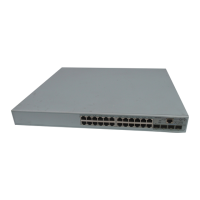Subnets and Subnet Masks 111
As shown in this example, the 32 bits of an IP address and subnet mask
are usually written using an integer shorthand. This notation translates
four consecutive 8-bit groups (octets) into four integers that range from 0
through 255. The subnet mask in the example is written as
255.255.255.0.
Traditionally, subnet masks were applied to octets in their entirety.
However, one octet in the subnet mask can be further subdivided so that
part of the octet indicates an extension of the network number, and the
rest of the same octet indicates the host number, as shown in Figure 35
.
Figure 35 Extending the Network Prefix
Using the Class B IP address from Figure 34 (158.101.230.52), the subnet
mask is 255.255.255.240.
The number that includes both the Class B natural network mask
(255.255) and the subnet mask (255.240) is sometimes called the
extended network prefix.
Continuing with the previous example, the subnetwork part of the mask
uses 12 bits, and the host part uses the remaining 4 bits. Because the
octets are actually binary numbers, the number of subnetworks that are
possible with this mask is 4,096 (2
12
), and the number of hosts that are
possible in each subnetwork is 16 (2
4
).
Subnet Mask Numbering
An alternate method to represent the subnet mask numbers is based on
the number of bits that signify the network portion of the mask. Many
Internet Service Providers (ISPs) now use this notation to denote the
subnet mask. See Table 10
.
IP address
Network Subnet and Host
Subnet mask
networ
Host
subn
Subnet
Network
Apply the subnet mask
Result = subnet/host boundary
Take the IP address
101111111111 0001111111111111
1111
